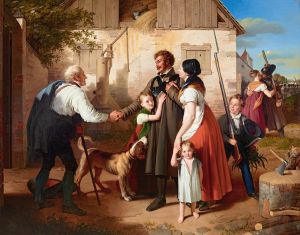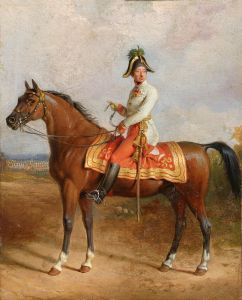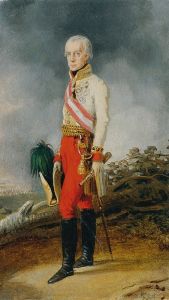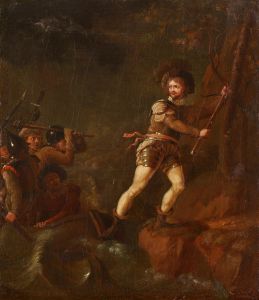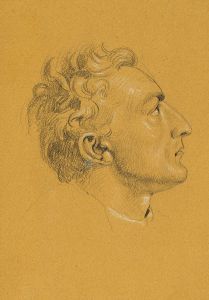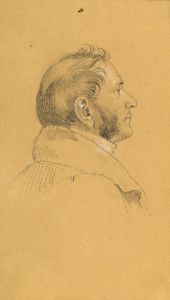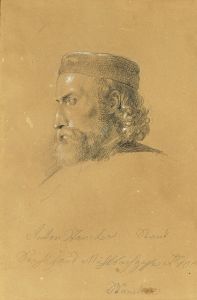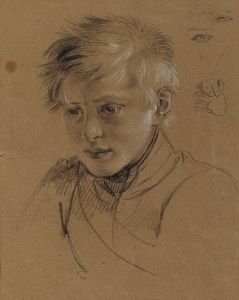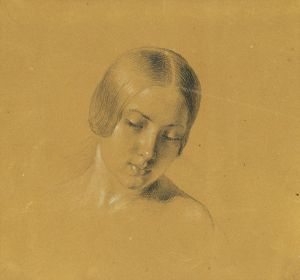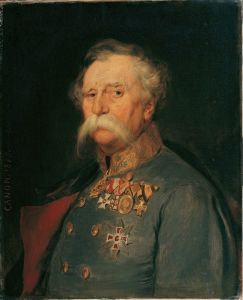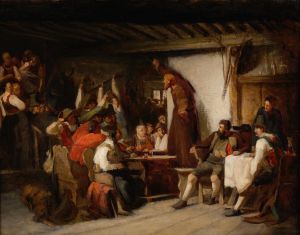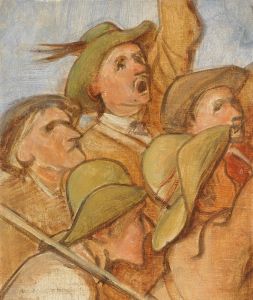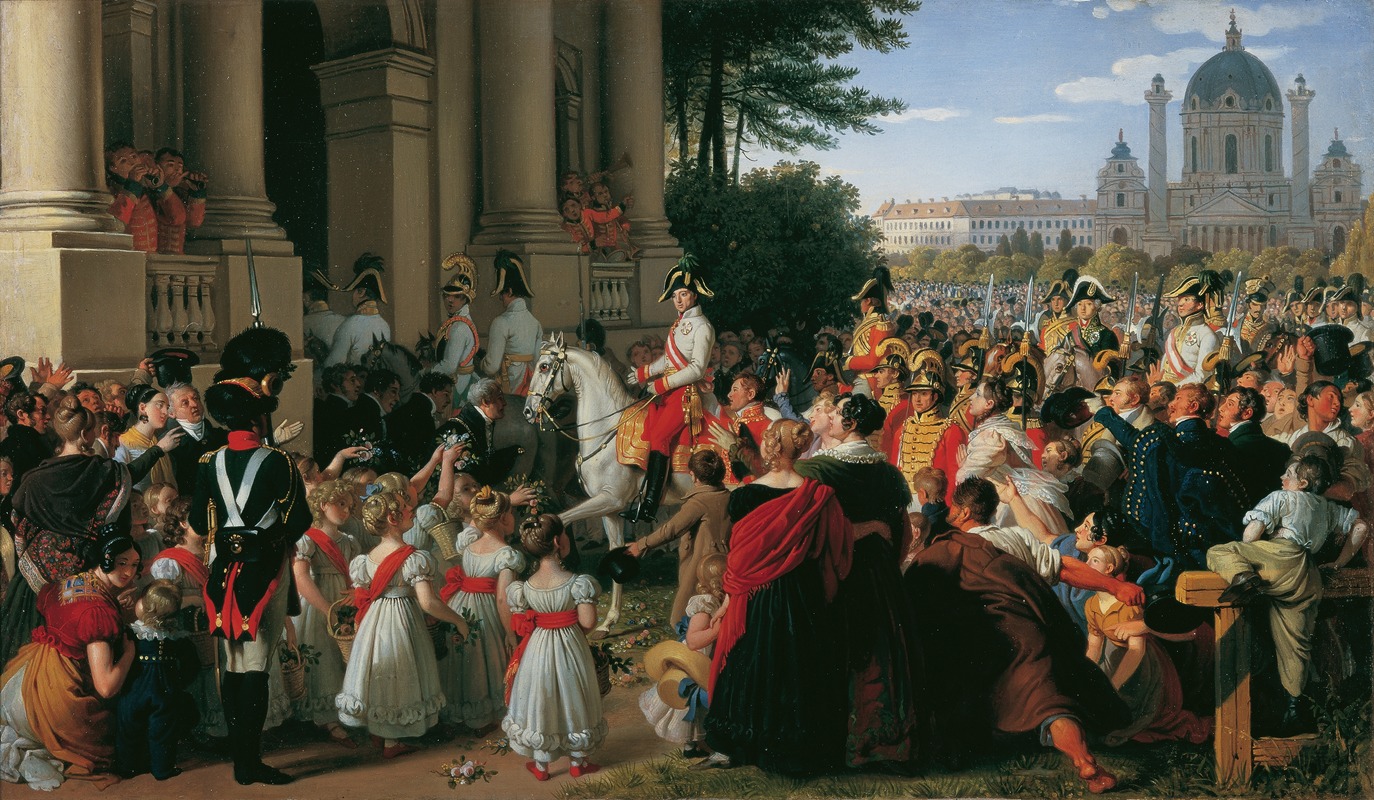
Der Einzug von Kaiser Franz I. in Wien nach dem Pariser Frieden am 16. Juni 1814
A hand-painted replica of Johann Peter Krafft’s masterpiece Der Einzug von Kaiser Franz I. in Wien nach dem Pariser Frieden am 16. Juni 1814, meticulously crafted by professional artists to capture the true essence of the original. Each piece is created with museum-quality canvas and rare mineral pigments, carefully painted by experienced artists with delicate brushstrokes and rich, layered colors to perfectly recreate the texture of the original artwork. Unlike machine-printed reproductions, this hand-painted version brings the painting to life, infused with the artist’s emotions and skill in every stroke. Whether for personal collection or home decoration, it instantly elevates the artistic atmosphere of any space.
Johann Peter Krafft's painting Der Einzug von Kaiser Franz I. in Wien nach dem Pariser Frieden am 16. Juni 1814 (translated as The Entry of Emperor Franz I into Vienna after the Peace of Paris on June 16, 1814) is a significant historical artwork that commemorates a key moment in European history. The painting depicts the ceremonial return of Emperor Franz I of Austria to Vienna following the signing of the Treaty of Paris in May 1814, which marked the end of the War of the Sixth Coalition and the first abdication of Napoleon Bonaparte.
The Treaty of Paris, signed on May 30, 1814, restored peace to much of Europe after years of Napoleonic wars. It reestablished the Bourbon monarchy in France and significantly altered the political landscape of Europe. The return of Emperor Franz I to Vienna symbolized Austria's prominent role in the coalition that defeated Napoleon and the restoration of stability in the region. Krafft's painting captures the celebratory atmosphere of this event, emphasizing the unity and triumph of the Austrian Empire.
Johann Peter Krafft (1780–1856) was an Austrian painter known for his historical and genre scenes. He was a prominent figure in the Biedermeier period, which emphasized realism and detailed depictions of everyday life and historical events. Krafft's works often reflected the political and cultural climate of his time, and this painting is no exception. It serves as both a historical document and a work of art, showcasing Krafft's skill in portraying large-scale events with meticulous attention to detail.
The painting itself features a procession led by Emperor Franz I, surrounded by dignitaries, soldiers, and citizens of Vienna. The composition highlights the grandeur of the occasion, with the emperor at the center of the scene, symbolizing his authority and the restoration of peace. The architecture of Vienna is also prominently displayed, grounding the event in its historical and geographical context.
Krafft's work is notable for its historical accuracy and its ability to convey the emotions of the moment. The painting reflects the optimism and relief felt by the Austrian people after years of conflict. It also underscores the importance of Vienna as a cultural and political center in Europe during this period.
Today, Der Einzug von Kaiser Franz I. in Wien nach dem Pariser Frieden am 16. Juni 1814 is regarded as an important example of Austrian historical painting. It provides valuable insight into the political and cultural significance of the post-Napoleonic era and remains a testament to Krafft's artistic legacy. The painting is housed in the Belvedere Museum in Vienna, where it continues to be appreciated by art historians and the general public alike.





